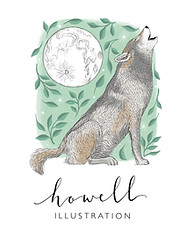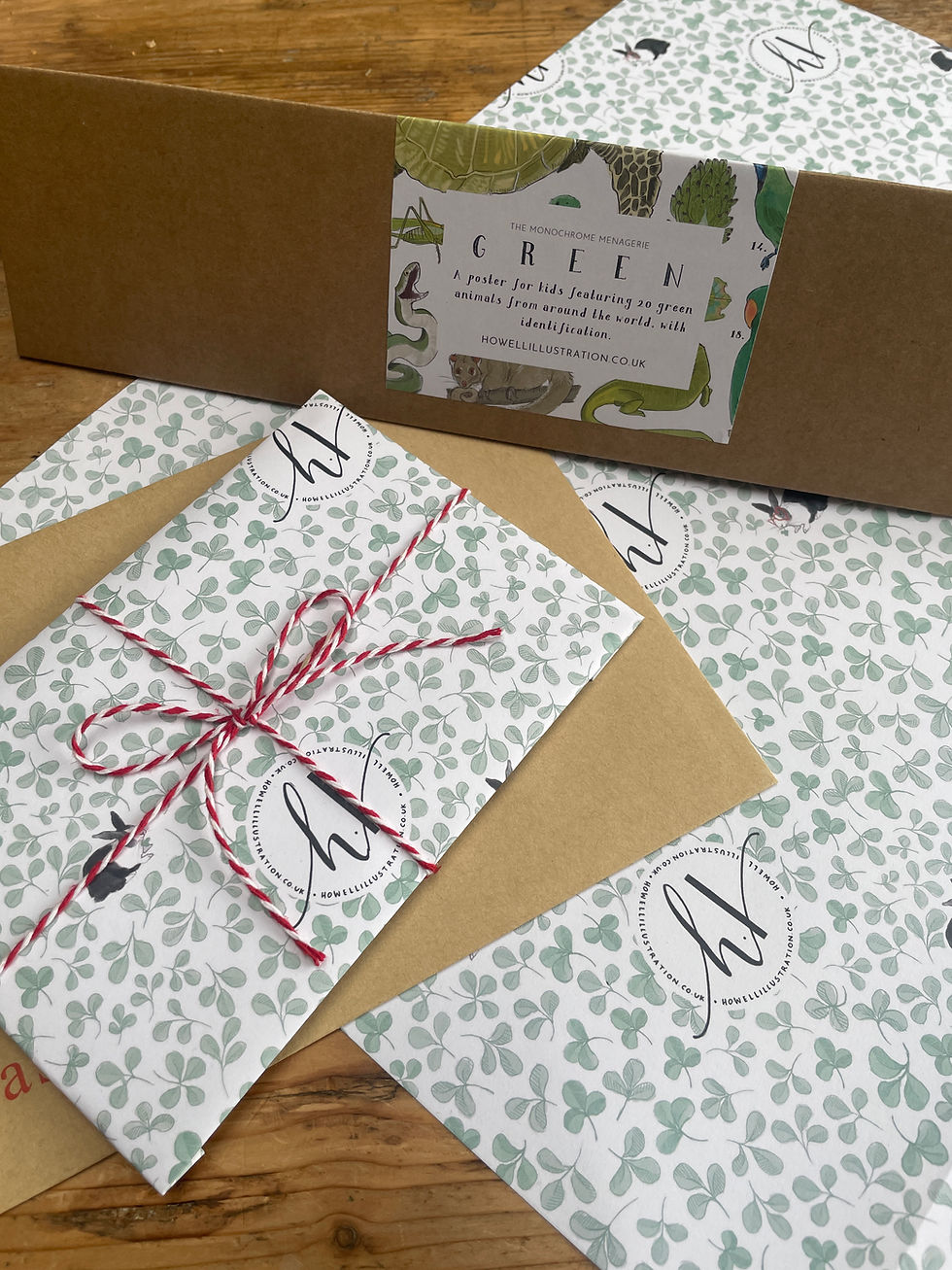The Bird Book: An interview with author Dr Meriel Lland
- Nicola Hawley

- May 13, 2021
- 5 min read
Updated: Apr 2, 2024
Welcome to part three of my sneak peek behind the scenes of The Bird Book. And who better to interview for my next guest blog than one of the authors? Dr Meriel Lland is a nature writer, researcher, photographer, film artist and poet (and many more things besides!) who was approached by the editors at Studio Press to create this engaging and fascinating pocket guide to birds, which contains facts you never knew about each species and, importantly for sustainability (a focus of my business), how we can help them thrive.

You have a lot of experience of different careers to your name, but a love of nature and creativity seems to flow through everything you do. What draws you in to this world?
Hi Nicola, thanks so much for inviting me to chat with you here – and for such a thoughtful question! Yes, I enjoy making and creating hugely – and try to use those skills to help us rethink our relationship with the – shall we say - ‘more-than-human’ world; with animals – birds of course – and with trees, plants and green spaces. That’s the heart of it for me: reconnection. For both people and planet to thrive we need to see that we’re all part of the same ecosystem - that we’re all ‘nature’. Anything that helps promote that understanding draws me in.
Sorry to deep-dive so quickly! But I don’t think the wild has ever been more important for our mental and physical health – even if that’s simply taking the time to spot a sunny dandelion sparking through cracks in the pavement or watching a cheeky sparrow hunt for crumbs under a park bench. You never know where those small acts of noticing will lead. An important motivation for creation of The Bird Book – and for my part in the process – was helping us make this kind of connection with the birds outside our windows. Being part of nature (or getting back to nature) heals and inspires us – and, crucially, it encourages us to take better care of the planet. A sort of win-win outcome!
When you were approached to write The Bird Book, what did you think and why did you sign up to write it?
The Bird Book is my dream project – a chance to share my love of birds with others and an excuse to learn more about those birds I’ve been studying for years! When I was approached to work on the book it was like a week of birthday mornings arriving at once!
Birds have a special place in my life – they were my medicine long before I learned to photograph them. I wasn’t hugely well as a child but when the swallows arrived on my grandparents’ farm I’d be too excited to sleep. They had me reading about Africa and trying to understand migration and bird navigation. Then and now, they bring the wild up close and connect me with faraway places. Sharing that sense of wonder with others is such a joy – especially with those just starting to get into birding who may have spotted a pigeon, blackbird or robin from their window and discovered that watching the birds lifts their mood. This was especially true in 2020.
And the more aware we are of the wildlife around us, the more inspired we are to care for it. The Bird Book gave me a chance to contribute to that awareness – which made it such a special commission.

From a behind-the-scenes point of view, what was your favourite part of the process of creating The Bird Book?
Gosh... that’s quite a difficult question. Well, I’ve been watching birds, reading about them and feeding them in my garden since before I was old enough to focus my grandmother’s battered binoculars – so having an excuse to research in-depth was bliss! Discovering new (to me) science – such as the remarkable intelligence and memory of gulls – was super exciting. But also finding ways to invite our readers into the ‘conversation’ was a huge pleasure. But if I was going to pick one single highpoint it would be seeing your illustrations for the first time. That was the moment the book felt most ‘real’. They helped me imagine people out there on their daily adventures with the book in their pocket – that’s such an exciting thought.
As well as an author and poet, you are a creative writing teacher and educator. If there was one piece of advice that you could give to anyone wanting to be a writer, what would it be?
Read! Read! Read! (I know that’s really three pieces of advice in one but bear with me here…)
Firstly, read everything you can in the genre that interests you – get to know the field. Secondly, read like a writer – think not only about what is said but about how the writing works – what gives it impact. Thirdly, always read everything that you write out loud. You’ll feel a tiny bit ditsy at first but this is the very best way to spot what works well and what doesn’t – promise!
Sustainability is a focus for Howell Illustration and this blog, so I’d love to ask: do you have any top tips for helping birds that can be easily and quickly implemented in a home setting? And, is there anything that people without a garden can do?
Great question. There are so many things we can do, quickly and inexpensively, to help support birds from our homes – whether we have a garden, a balcony or a window box. Providing food and water are great places to start. If you have a window, there are lightweight feeders available that adhere to the panes using suction pads. Keep these stocked with sunflower hearts or mealworms and it won’t be long before you have feathered visitors. If you have a balcony, there may be space for larger feeders with a greater variety of foods – peanuts can be very popular or suet blocks. In even the smallest places, a shallow bowl of water is always welcome. A wide plant saucer is ideal. Birds will use this for drinking and bathing – and this can be a life-saver in winter when other water sources freeze over, or in summer when puddles dry up. Make sure you change the water every couple of days and clean feeders regularly – and try to situate feeders out of easy reach of predators. The most exciting thing about feeding wildlife at home is that you really get to know your visitors – often as individual characters - and you’re making a big difference to their health and survival. There’re lots more top tips in The Bird Book too.
And a fun one to finish! What is your favourite spread/bird from the book and why?
That’s such a difficult question! I tend to get seduced by the birds I’m studying at the time… Just now there’s a pair of ravens who fly over my cottage and their courtship rituals are heart-stopping. They’re haunting to listen to as they cronk out of the mist on a spring morning. They tumble and soar and occasionally lock toes and somersault in mid-air – they fly even in the stormiest of weather. But ask me this question tomorrow and I’m sure you’ll get a different answer. Then it might be the starling ‘magicians’, the ‘zen’ heron or the much-misunderstood city pigeon! The Bird Book gave me such a great opportunity to share these characters and I’m so excited for people to meet them!
Thanks so much Meriel!
You can see more from Meriel on her website, and her book The Bird Book is out on 27th May. You can buy it from my shop here.
As always, thanks for reading! And don't forget to check back next Thursday, or take a look at the last two Thursday's interviews for more behind-the-scenes blogs.
Nx




Comments